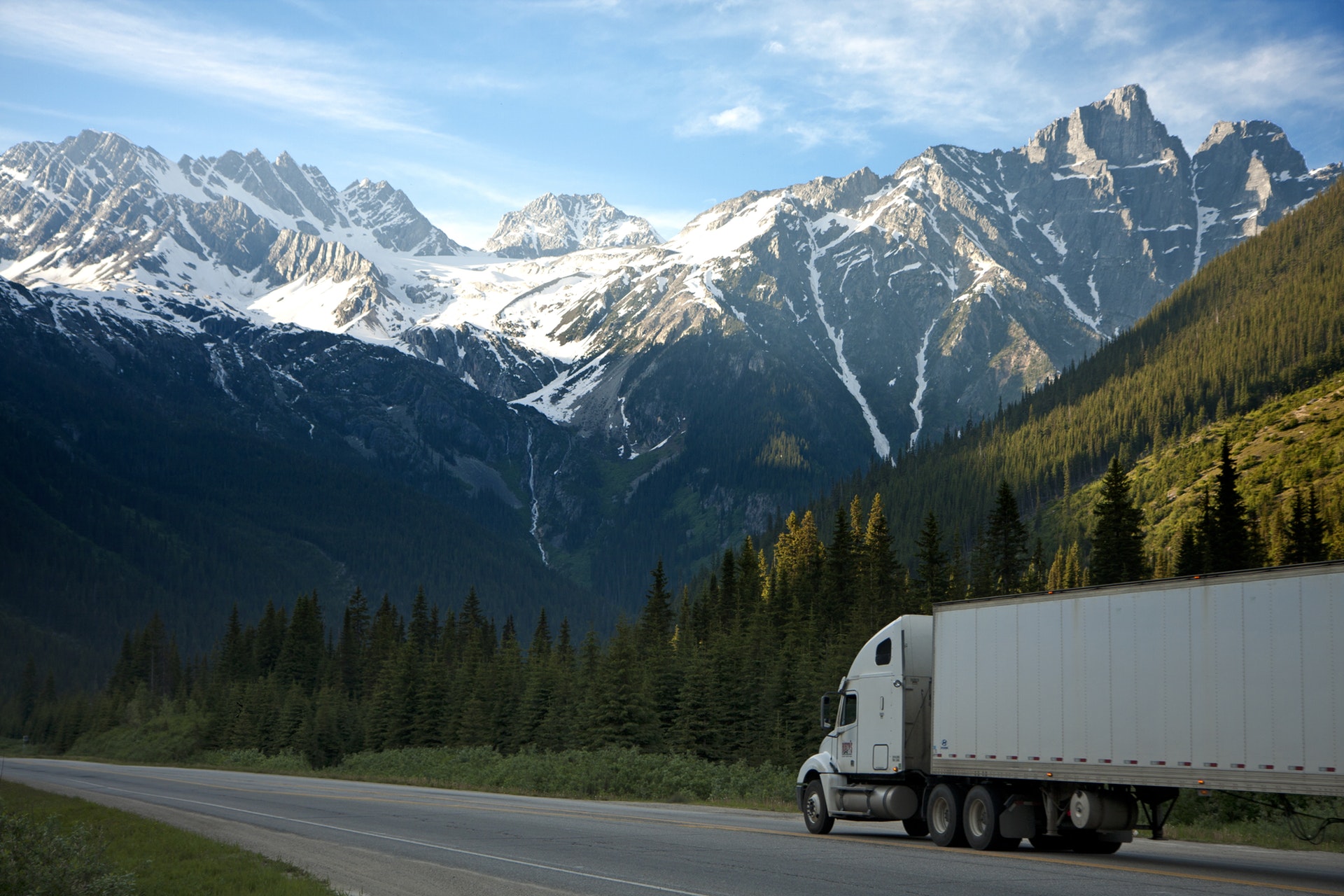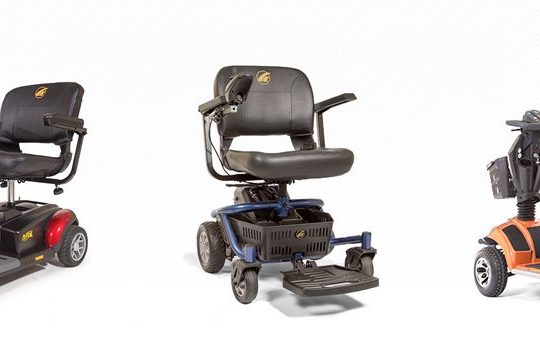
Diesel fuel plays a significant role in the economy. Most of the products we have as well as the food we consume, are transported by trucks, traIns, boats, and barges with diesel engines. Even the public transportation units also utilize diesel fuel. Diesel also powers most of the farming, construction, and military vehicles and equipment.

Since diesel fuel is the biggest consumable expense transportation industry workers have, it’s important to handle fuel consumption as humanly as possible.
If you’re consuming diesel fuel, whether you’re handling a trucking company or driving a public transport vehicle, here are 10 things you can do to improve diesel fuel economy.
1. Minimize prolonged idling

In the course of business operations, it’s inevitable to idle at certain periods. The problem is too much warm-up times can truly sap the diesel fuel used.
Minimize idling and turn your engine off instead whenever possible. You may also use a shore power (also known as truck stop electrification), which allows drivers to plug in rather than idling to help cool the vehicle while at stop.
2. Optimize your tires
Tires can have a drastic impact on fuel consumption since they’re the ones making contact with the road surface.
You can improve your miles per gallon (MPG) by buying new and proper tires for your vehicle. Maintain its condition and use tire gauge to check each tire’s pressure. Keep in mind that you’ll lose 1% fuel economy for every 10 pounds per square inch (psi) that your tire pressure is under-inflated.
3. Conduct routine check tests

Next to inflating your tires to the correct pressure, you should also perform routine check tests weekly. Check (and replace, if necessary) the air filters. Clean the dirt or dust. Check your spark plugs too.
A well-organized engine can dramatically improve the fuel economy and save you money.
4. Take excess load off
The heavier the vehicle, the more energy it requires to move – this is true whether you’re driving a diesel fuel delivery truck or a private vehicle. Reduce your car’s excess, unnecessary weight. Know about the Gross Vehicle Weight Rating (GVWR) of your car and don’t go beyond its limits.
5. Don’t go extreme speeds

55 mph is the sweet spot for speed. Every mile per hour over 55 can reduce your fuel economy by 0.1 miles per gallon.
Experts suggest lowering your average highway speed. While this means not getting to your destination sooner, it can improve your fuel economy. Conversely, don’t drive too slow, for this can also burn more fuel than usual.
6. Find the sweet spot
Once you’ve finally reached your desired cruising speed, operate in the peak torque zone. This will give you the best possible diesel fuel mileage and performance.
7. Avoid revving the engine
Shift to your next gear slowly rather than rushing it. Doing so can help you improve fuel economy and save money on fuel.
8. Use your cruise control

Sustain a smooth and steady speed through cruise control. This will allow you to avoid using throttle to climb hills and cause fuel burn spikes.
Avoid accelerating unnecessarily while not using cruise control. When you’re approaching the top of the hill, allow the truck’s momentum to carry it over to avoid hitting the throttle too much.
9. Stop at the top of the hills
If possible, use truck stops at the top of the hills, allowing you to ease back on to the highway downhill which requires less fuel.
10. Use your air conditioner sparingly
Be sensible when using the A/C unit, which consumes fuel as well.
When driving slow, like when you’re in the middle of a moderate to heavy traffic, it’s more fuel efficient to turn your car A/C off. If you’re driving on a highway, where your car speeds 60km/h and over, it’s best to close the windows and turn on the A/C. This will help eliminate drag from open windows.
Author Bio: Carmina Natividad is a daytime writer for Refuelling Solutions, a fuel management company, offering small and large scale diesel fuel delivery, logistics, information, and analysis to keep their client’s business moving. Writing about business and logistics is her cup of tea.




